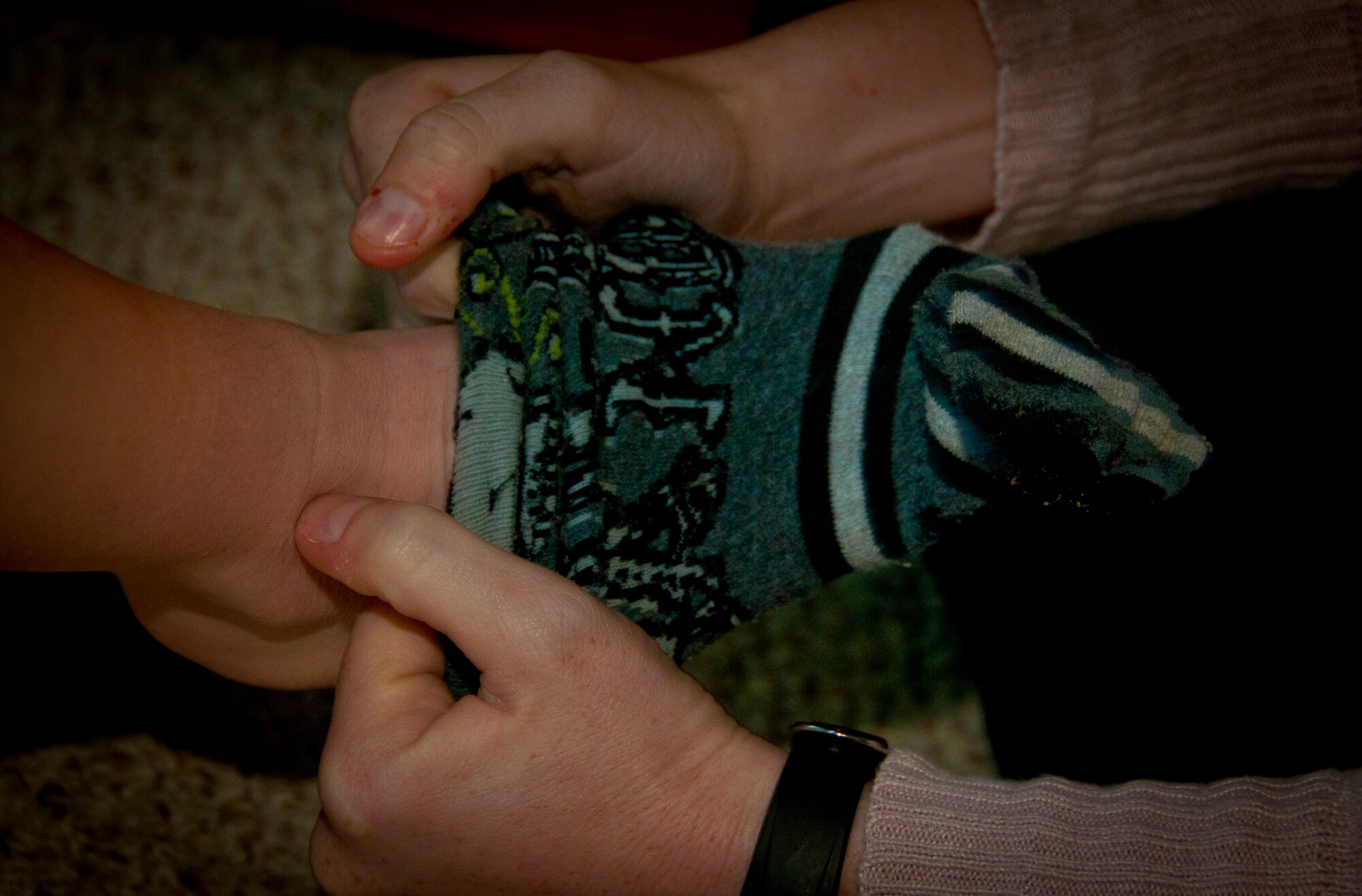Applied Habits Evaluation (ABA) therapy is a widely identified and sensible treatment technique for kids with autism spectrum condition (ASD). Experts, parents, and caregivers have to adjust ABA strategies to attend to the distinct needs of these youngsters, ensuring an alternative strategy to their development and wellness.
Understanding Comorbidity in Children
Prior to delving into the adaptations needed for ABA treatment, it is crucial to comprehend what comorbidity implies in the context of kids with ASD. Comorbidity describes several extra disorders co-occurring with a primary condition. For instance, a child with ASD might additionally encounter challenges associated with anxiety, which can considerably affect their social communications, discovering, and general emotion. Recognizing these extra difficulties is crucial for tailoring interventions that result in meaningful improvements in behavior and functioning.
The Value of Individualized Analysis
A practical technique to adapting ABA treatment for kids with comorbid conditions starts with a detailed assessment. By comprehensively comprehending the child’s strengths and difficulties, therapists can make a personalized therapy strategy that deals with key and comorbid conditions.
Collaborating with a Multidisciplinary Group
When resolving comorbidity, entailing a multidisciplinary team in developing an ABA therapy plan is important. This group may include psychologists, speech and language therapists, job-related therapists, and academic experts who can offer insights right into the child’s development. Partnership guarantees that all elements influencing the child’s actions are taken into consideration, leading the way for a merged and coherent approach.
Tailoring ABA Strategies for Comorbid Conditions
Once a thorough assessment has been completed and a multidisciplinary team is involved, the following step is to adapt ABA techniques to fit the certain requirements of youngsters with comorbid conditions. The emphasis ought to be on flexibility in applying ABA principles, allowing experts to change treatments based on each youngster’s one-of-a-kind profile.
Monitoring Progression and Adjusting Interventions
Normal tracking of the kid’s progression is crucial for reliable ABA therapy, particularly for those with co-occurring conditions. Depending on the kid’s reaction, the treatment approach might require to be customized. Continuous analysis allows for including new techniques or strategies as the youngster’s demands advance, eventually advertising far better outcomes in their total growth.
Adapting ABA Methods for Comorbid Conditions
Customizing Goals and Purposes
When embracing ABA therapy, it is important to customize the objectives and goals to show the child’s unique needs. For youngsters with comorbid problems, the objectives should focus on decreasing tough habits and enhancing abilities that those comorbidities may impact. If a child struggles with anxiousness, goals might consist of training coping approaches or leisure strategies together with social skills training.
Incorporating Sensory Breaks and Strategies
Numerous kids with ASD experience sensory processing troubles, which can magnify their responses to stress and anxiety and stress and anxiety. By offering these breaks, therapists can help children control their sensory requirements, enhancing their focus and engagement throughout treatment.
Making Use Of Visual Supports
Visual assistances play a critical function in ABA treatment, especially for kids with ASD, that might also have coming with interaction difficulties. Therapists can enhance understanding and advertise interaction by utilizing visual routines, social tales, and signs. For kids with anxiety and ADHD, visual support can aid reduce uncertainty and offer clear expectations, causing a much more organized and helpful setting.
Implementing Social Abilities Educating
Youngsters with comorbid conditions often encounter additional challenges in social interactions. Incorporating social skills training right into the ABA treatment strategy can aid these individuals improve their social capability and create significant relationships. Techniques such as role-playing, modeling proper behaviors, and supplying comments can be reliable. In addition, training should consist of circumstances pertinent to the youngster’s daily experiences, enabling them to transfer abilities discovered in therapy to real-world circumstances.
Promoting Emotional Policy
ABA professionals need to concentrate on teaching emotional guideline methods throughout the therapy procedure. Including these methods can help kids better browse their sensations, leading to boosted behavioral end results.
Participating In Moms And Dad Training and Participation
Parents and various other caretakers play a crucial role. in the success of ABA treatment, particularly when attending to comorbidity. Training moms and dads in carrying out ABA strategies at home encourages uniformity and assistance across different environments. This training needs to incorporate techniques tailored to comorbid problems, equipping parents to reinforce found out abilities in real-life circumstances. Teaming up with parents also cultivates a relying on connection, improving the total performance of the treatment.
Keeping Track Of Development and Making Modifications
It is important to continuously monitor the youngster’s progress and make required adjustments to the therapy plan. Normal information collection and assessment permit therapists to assess the effectiveness of the treatments and customize objectives as needed. This repetitive process ensures that therapy stays straightened with the child’s progressing demands, paving the method for continual success.
Verdict
Adjusting Relocate Up ABA for kids with comorbid problems needs an aggressive and customized technique. Inevitably, the objective of ABA therapy should be to enhance the quality of life for children with ASD and their families, permitting them to browse the difficulties linked with comorbid problems with self-confidence and strength.
Applied Habits Evaluation (ABA) treatment is an extensively acknowledged and practical therapy technique for youngsters with autism spectrum condition (ASD). A functional technique to adapting ABA treatment for children with comorbid conditions begins with an extensive analysis. Once a detailed assessment has actually been finished and a multidisciplinary team is involved, the following action is to adjust ABA techniques to fit the particular demands of youngsters with comorbid conditions. Normal tracking of the youngster’s development is important for reliable ABA therapy, specifically for those with co-occurring conditions. Ultimately, the objective of ABA treatment must be to enhance the top quality of life for youngsters with ASD and their families, allowing them to navigate the challenges connected with comorbid conditions with confidence and resilience.


